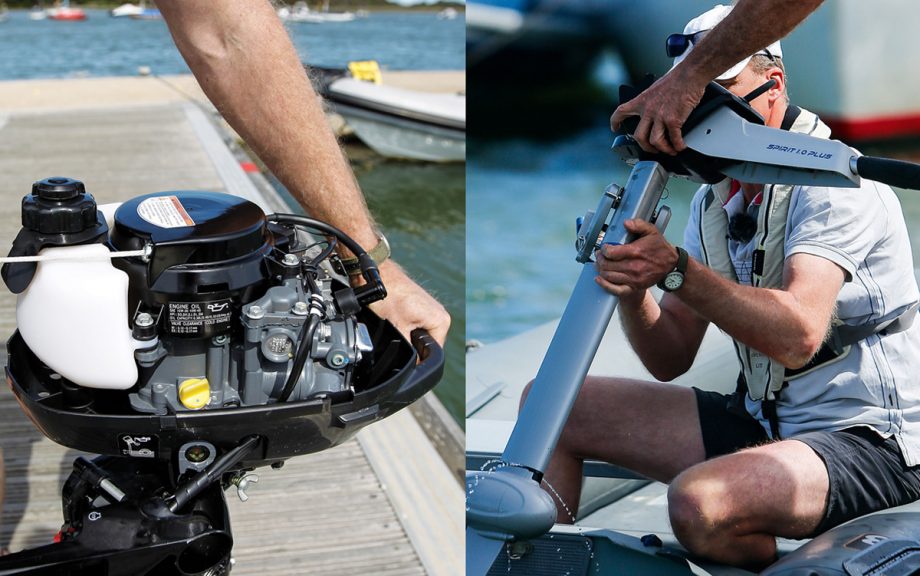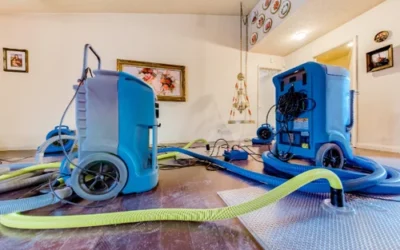Understanding Outboard Motor Maintenance: Tips for Longevity and Performance

Owning a boat means enjoying open waters, thrilling speed, and peaceful fishing days—but to keep your adventures smooth and trouble-free, taking care of your outboard motor is essential. Regular maintenance not only extends the lifespan of your engine but also ensures top-level performance every time you take it out. Whether you’re a seasoned boater or a beginner, understanding the core aspects of outboard motor maintenance can save you time, money, and frustration in the long run.
Importance of Regular Maintenance for Your Outboard Motor
Your outboard motor is the heart of your boat, and like any engine, it requires regular attention. Without proper upkeep, even the best motors can suffer from performance issues or breakdowns. Ignoring simple checks can lead to fuel inefficiency, overheating, corrosion, or even total engine failure. Routine maintenance enhances fuel economy, protects against wear and tear, and ensures you won’t get stranded miles offshore due to preventable issues.
Read the Owner’s Manual Thoroughly
Every outboard motor model comes with its own specifications and maintenance requirements. Reading the owner’s manual is the first and most important step in ensuring proper care. It contains details on oil types, fuel mixture ratios, torque settings, and recommended maintenance schedules. By familiarizing yourself with the manufacturer’s guidelines, you’ll be well-equipped to follow best practices suited for your specific motor model.
Perform Pre-Trip Inspections
Before every boating trip, performing a basic inspection of your outboard motor is crucial. Check the engine oil level and top it up if necessary. Inspect the fuel line for cracks or leaks, and ensure connections are secure. Examine the propeller for fishing lines or weeds and make sure it spins freely without resistance. This pre-trip routine helps catch minor issues before they escalate into major problems while you’re on the water.
Keep the Fuel System Clean
Modern outboard motors are sensitive to fuel quality. Dirty or old fuel can clog injectors, corrode internal components, and degrade performance. Always use fresh fuel and add a marine-grade fuel stabilizer if the boat won’t be used for a while. Replace the fuel filter regularly, and periodically drain the fuel tank and lines to flush out water or debris. This simple habit can greatly improve reliability and reduce repair costs.
Change Engine Oil and Filters Regularly
Just like a car, an outboard motor’s oil must be changed at regular intervals. Old oil becomes contaminated with carbon and moisture, reducing its lubricating properties and potentially damaging the engine. Follow the manual for oil type and change intervals. Don’t forget the oil filter and the gearcase (lower unit) oil too. Keeping these components fresh ensures smooth engine operation and reduces friction and heat buildup.
Flush the Motor After Every Use
If you use your outboard motor in saltwater, flushing it with fresh water after every outing is non-negotiable. Salt can quickly corrode internal cooling passages, exhaust parts, and metal surfaces. Even in freshwater, flushing helps remove sand, silt, and algae. Use a flushing port or a pair of engine muffs connected to a garden hose. Let the engine run for 5-10 minutes to fully cleanse the cooling system.
Inspect and Replace the Spark Plugs
Spark plugs play a key role in your motor’s ignition and combustion processes. Worn or dirty spark plugs can cause hard starting, misfires, and reduced power. Check the condition of each plug at least once a season. Replace them if they appear fouled, oily, or corroded. Always use plugs recommended by the manufacturer and ensure they’re correctly gapped. This helps maintain optimal performance and fuel efficiency.
Monitor the Cooling System
Overheating is one of the leading causes of outboard motor damage. The water pump impeller, located in the lower unit, circulates cooling water through the engine. Over time, it wears out or becomes damaged by debris. A faulty impeller can’t deliver enough water, causing the engine to overheat. Replace the impeller every season or two, and keep an eye on the telltale stream—a weak or missing stream indicates a possible blockage or pump issue.
Maintain the Propeller and Shaft
The propeller is critical for your boat’s thrust and direction. Damaged or unbalanced propellers can lead to vibration, noise, and even engine damage. Remove the propeller regularly to inspect it for dings, chips, or line entanglement. Check the prop shaft for fishing line, which can damage the shaft seal and cause oil leaks. Grease the propeller shaft before reinstalling to prevent corrosion and make future removal easier.
Store Your Outboard Motor Properly
Proper storage protects your outboard motor during the off-season and extends its lifespan. If you’re not using the boat for more than a few weeks, add a fuel stabilizer and run the engine to circulate it. Drain the carburetor (for older models) and fog the engine cylinders to prevent internal corrosion. Store the motor in an upright position in a dry, well-ventilated space. Remove the battery and charge it periodically to maintain its condition.
Inspect Electrical and Battery Connections
A reliable electrical system is essential for starting the motor and powering key components. Corroded terminals or loose connections can cause shorts or complete failures. Check all electrical wires for fraying, wear, and secure contact. Clean battery terminals with a wire brush and apply dielectric grease to prevent corrosion. Ensure the battery is fully charged and securely fastened in place.
Schedule Professional Servicing
While many tasks can be done at home, it’s wise to take your outboard motor to a qualified technician at least once a year. A professional can perform more complex checks, such as engine diagnostics, valve adjustments, or computer software updates. This annual checkup ensures that hidden issues are caught early and keeps your motor in top shape.
Keep a Maintenance Log
Maintaining a logbook of your service activities helps you keep track of what’s been done and when. Note oil changes, spark plug replacements, impeller swaps, and fuel system cleanings. This record not only reminds you of upcoming maintenance tasks but can also add resale value to your boat by showing prospective buyers how well the motor was cared for.
Conclusion
Maintaining your outboard motor isn’t just about preventing breakdowns—it’s about maximizing performance, efficiency, and safety on the water. With consistent care and a good understanding of your motor’s components, you’ll enjoy years of reliable use and smoother rides. By following these practical tips and staying vigilant with inspections, you’re investing in the longevity and reliability of one of your boat’s most vital components. Whether you’re cruising along a serene lake or navigating ocean waves, a well-maintained outboard motor makes every adventure more enjoyable and worry-free.











